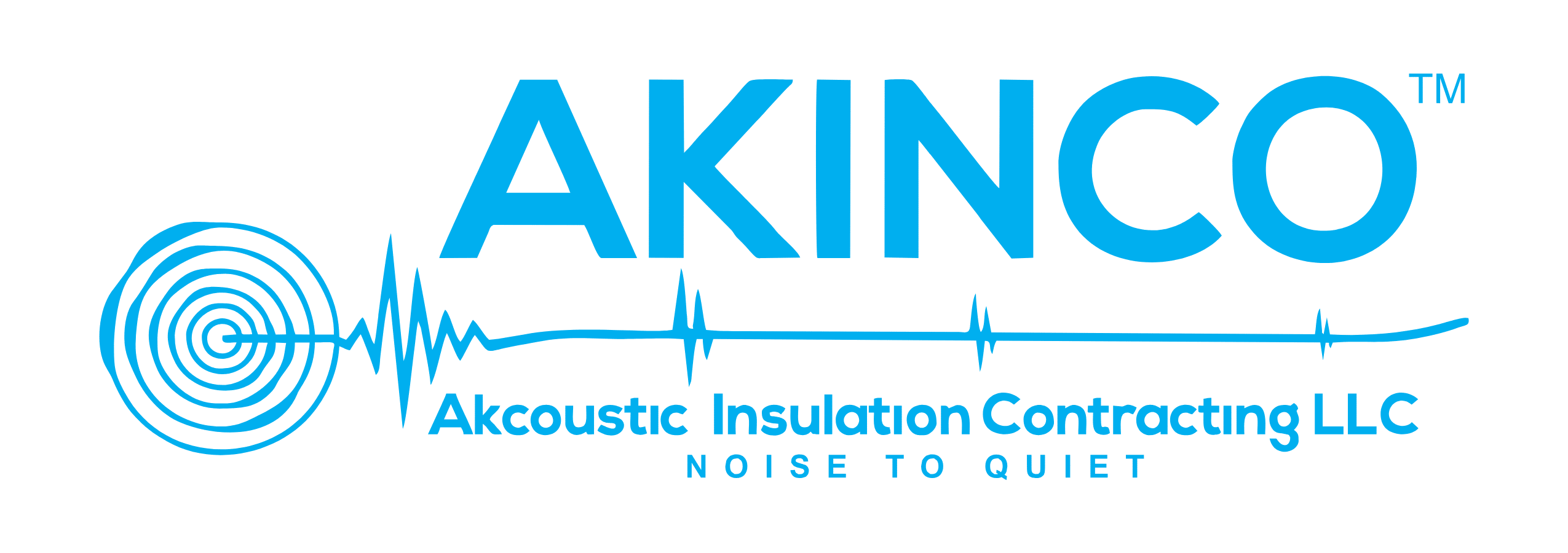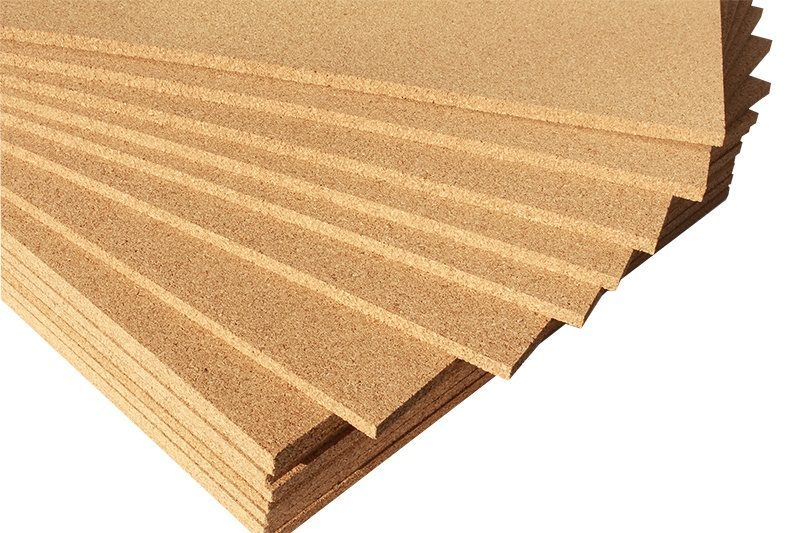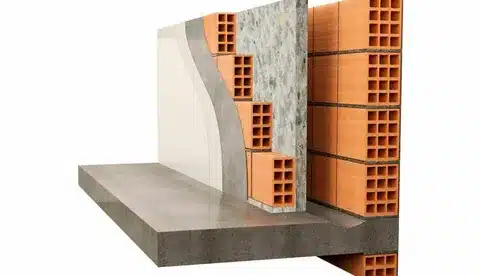
The Ultimate Guide to Acoustic Floating Floors: Enhance Your Space with Soundproofing Solutions
Introduction:
In the world of architecture and interior design, the quest for harmony between aesthetics and functionality has led to the evolution of innovative solutions that transform spaces into sanctuaries of comfort. Acoustic floating floors stand out as a prime example, revolutionizing the way we address sound management. In this comprehensive guide, we explore the benefits, features, and applications of acoustic floating floors, along with the synergy they share with metal acoustic panels for optimal soundproofing solutions.
Acoustic Floating Floors: Redefining Sonic Comfort
Acoustic floating floors are a technological marvel designed to tackle the challenges of sound transmission in various environments. These floors are constructed with layers of specialized materials that effectively reduce noise vibrations and impact sounds, creating an environment that fosters serenity and tranquility.
Benefits of Acoustic Floating Floors:
- Enhanced Soundproofing: Acoustic floating floors isolate noise by breaking the physical connection between the floor and the structure. This significantly reduces both airborne and impact noise, making them ideal for spaces where sound control is paramount.
- Versatility: These floors can be applied in residential, commercial, and industrial settings, ensuring that a diverse range of spaces can benefit from improved soundproofing.
- Ease of Installation: Acoustic floating floors are designed for ease of installation, making them a viable option for both new constructions and retrofit projects.
- Thermal Insulation: In addition to soundproofing benefits, acoustic floating floors often contribute to thermal insulation, enhancing overall comfort within the space.
Synergy with Metal Acoustic Panels: Elevating Soundproofing Efficacy
Pairing acoustic floating floors with metal acoustic panels creates a powerful soundproofing combination. Metal acoustic panels, with their perforated surfaces, absorb sound energy, reducing echoes and reflections. When integrated with acoustic floating floors, this tandem provides comprehensive soundproofing that addresses both air and impact noise.
Applications: Creating Sanctuaries of Quietude
- Residential Spaces: Acoustic floating floors find their place in homes, creating peaceful sanctuaries where unwanted noise from adjacent rooms or floors is minimized.
- Commercial Environments: From offices to retail spaces, acoustic floating floors contribute to a more productive and comfortable environment by reducing noise distractions.
- Healthcare Facilities: In hospitals and clinics, these floors contribute to a healing environment where patient comfort and privacy are essential.
- Hospitality Venues: Hotels, restaurants, and entertainment venues benefit from these solutions, enhancing customer experiences by providing quiet and serene atmospheres.
Conclusion:
Acoustic floating floors represent the epitome of soundproofing innovation, reshaping our spaces into havens of tranquility. By pairing them with metal acoustic panels, the synergy of these solutions creates a comprehensive soundproofing system that effectively addresses both airborne and impact noise. As architects and designers continue to prioritize the comfort and well-being of occupants, the integration of acoustic floating floors and metal acoustic panels emerges as a pivotal step toward crafting environments that resonate with sonic harmony.



